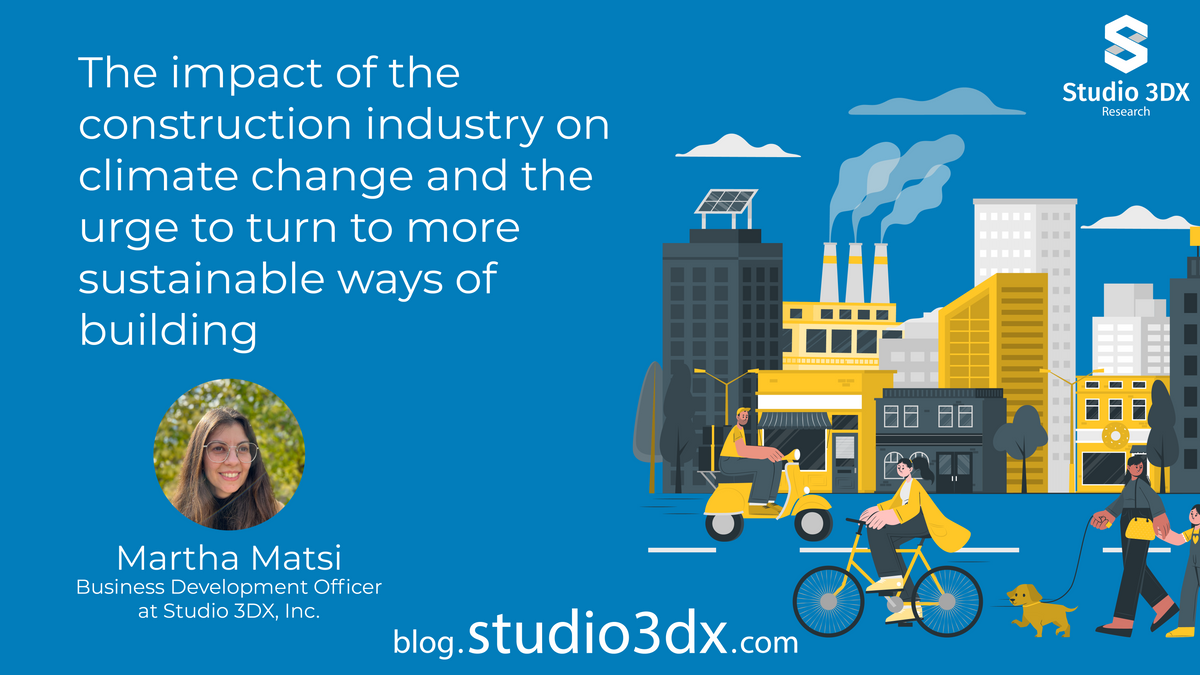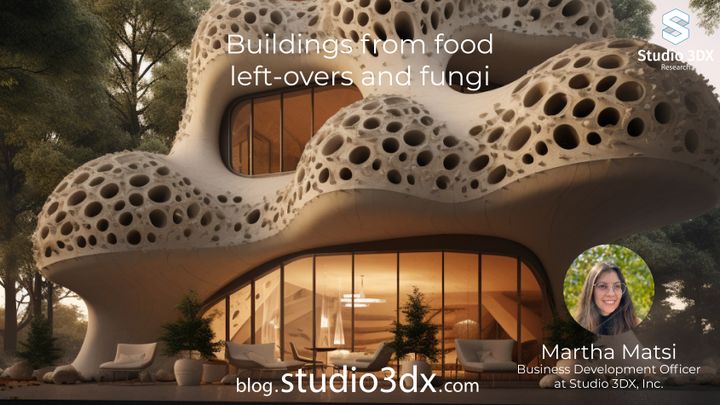The real estate sector is currently undergoing significant change, with major property developers and managers stepping up their sustainability practices in their role to tackle climate change.
Climate change is “the tragedy of the horizon”, as the then governor of the Bank of England and chairman of the Financial Stability Board Mark Carney put it in a speech at Lloyd’s of London in 2015 [1].
Now, more than ever, the real estate sector finds itself threatened by climate change worldwide, with extreme weather phenomena such as flooding and wildfires rising rapidly. Property developers and managers are having to engage in new sustainability measures to tackle climate change before it is too late. In the United Kingdom, the Better Buildings Partnership (BBP) [2], a collaboration of leading property owners, has committed to achieving net-zero carbon dioxide emissions by 2050. In Europe, one of the European Union's objectives of reaching carbon neutrality by 2050 is that the real estate sector should achieve 60% greenhouse gas (GHG) emissions reductions by 2030 and fully decarbonise by 2050 [3]. Such ambitious but vital goals mean there have to be fundamental changes in planning the current life-cycle of a building.
Historically, the construction industry has not been looked upon as a pioneer when it comes to sustainability practices. According to McKinsey’s report (2021), construction accounts for 40% of global emissions (28% of which come from manufacturing the raw materials) [4], a quarter of global water usage and 5-12% of total national GHG emissions [5]. And these percentages are expected to rise in proportion to the increased demand of an expanding global population (9.8 billion by 2050, according to the United Nations). In addition, the fact that more than 80% of the buildings that will exist by 2050 will already be in place raises the need to retrofit existing building stock [6].
Recent decades have seen a dramatic increase in environmental legislation and regulations in the construction industry, and a failure to meet targeted measures could result in claims being made against AEC industry professionals. The best approach to reducing a building’s carbon footprint is to use more efficient materials that minimise the release of CO2 emissions during production, and that also reduce the use of cement and steel that account for between 15% and 32% of the emissions from material consumption [11].
Minimising landfill waste, the use of water and materials and moving towards sustainable, resilient, durable and energy-efficient ways of building would drive an effective green infrastructure in the industry. Engineering and construction organisations must ensure more sustainable ways of working and designing their projects if there is to be a real impact on climate change and net-zero carbon emission goals.
Smart design means smart construction
By adopting Building Information Modelling (BIM) in the design process of a 3D model, uncertainties and errors can be significantly reduced at an early stage. Emissions and wasted materials through delays and rework will also be minimised in later construction. Of course, there is more to just 3D BIM models, and one of those is to be able to perform energy model analysis throughout the design phase. Since we know the quantities of materials for a project while designing it, evaluating the carbon footprint and environmental impact of a building becomes easier to calculate. We then take the energy analysis report and adopt the design and choice of materials to be used in the actual construction.
There are emerging startups such as 2050 Materials that make it easy to find and compare materials. 2050 Materials also collects all sustainability information and provides simplified ratings. These ratings enable everyone to understand the performance of each product, as well as to find and compare alternatives.
BIM-based designs are also more likely to earn Leadership in Energy and Environmental Design (LEED) certification, a widely used framework for healthy, efficient and cost-saving green buildings. The details provided from a BIM-designed model ensure transparency of information in all stages, but most importantly during the construction phase, thereby reducing unnecessary time and material wastage on-site.
In a post-pandemic era, Pour Rahimian et al.(2020) [11], identified the need for monitoring construction projects through a game-like real-time simulation application of BIM. Using such a smart construction platform improves decision-making, provides predictive insights and helps to lower carbon emissions, and can be considered to be an effective driver of green infrastructure construction. Collaboration 3D tools available on such a platform allow AEC stakeholders to exchange digital documents and 3D models, which means reduced use of paper and fewer on-site visits with everything that they entail.
Recent studies have shown that off-site construction requires 67% less energy [7] than on-site construction, and generates up to 90% less material waste [8] through efficient design, continuous process improvement and involvement of the supply chain as well as procurement strategies. In 2022 USD$1.6bn was invested in modular construction which was twice the amount compared with 2021 [9].
Enabling smart platforms and AI solutions in the early phases of project planning and design provides the opportunity to choose different decarbonisation and optimal green solutions in order to reduce waste.
Take TNB Genco, for example. Malaysia’s largest electricity utility has invested in construction technology solutions that streamline project management planning, scheduling operations and all collaboration and tracking between the company’s documents [10].
This is just the surface of what can be done to ensure a better future and a more sustainable construction industry. One thing is for sure, we will never stop building. And because of that we must encourage the use of more digital ways of resolving not only complicated design matters but also the day-to-day issues faced by teams in AEC offices across the world.
As Mark Carney noted in his Lloyd’s speech nearly a decade ago, “The challenges currently posed by climate change pale in significance compared with what might come.” Emissions targets may have been agreed, but have things really improved? Are we still just talking about the problem rather than acting to address it?
What other technologies do you think can be used in design and construction to ensure more sustainable buildings? Contact me, Martha Matsi, with your thoughts at martha(at)studio3dx.com or via LinkedIn.
References:
[1]https://www.bankofengland.co.uk/-/media/boe/files/speech/2015/breaking-the-tragedy-of-the-horizon-climate-change-and-financial-stability.pdf
[2] https://www.betterbuildingspartnership.co.uk/member-climate-commitment
[3] https://www.eea.europa.eu/policy-documents/ec-2020-2050-long-term-strategy; https://europeanclimate.org/wp-content/uploads/2022/03/ecf-building-emissions-problem-march2022.pdf
[4] https://worldgbc.org/advancing-net-zero/embodied-carbon/
[5]https://single-market-economy.ec.europa.eu/industry/sustainability/buildings-and-construction_en#:~:text=Greenhouse%20gas%20emissions%20from%20material,save%2080%25%20of%20those%20emissions.
[6]https://www.weforum.org/agenda/2022/11/net-zero-cities-retrofit-older-buildings-cop27/#:~:text=In%20urban%20areas%2C%20buildings%20account,retrofit%20them%20for%20energy%20efficiency.
[7] https://www.offsitehub.co.uk/offsite-technologies/sustainability/
[8] https://www.howickltd.com/asset/327.pdf
[9] https://jvmaltby.medium.com/reducing-embodied-carbon-in-real-estate-why-we-finally-have-to-pay-attention-e8c273727d03
[10]https://blogs.oracle.com/construction-engineering/post/project-management-solutions
[11]https://www.smartcitiesdive.com/news/5-key-ways-to-reduce-ghg-emissions-in-building-construction/564707/


